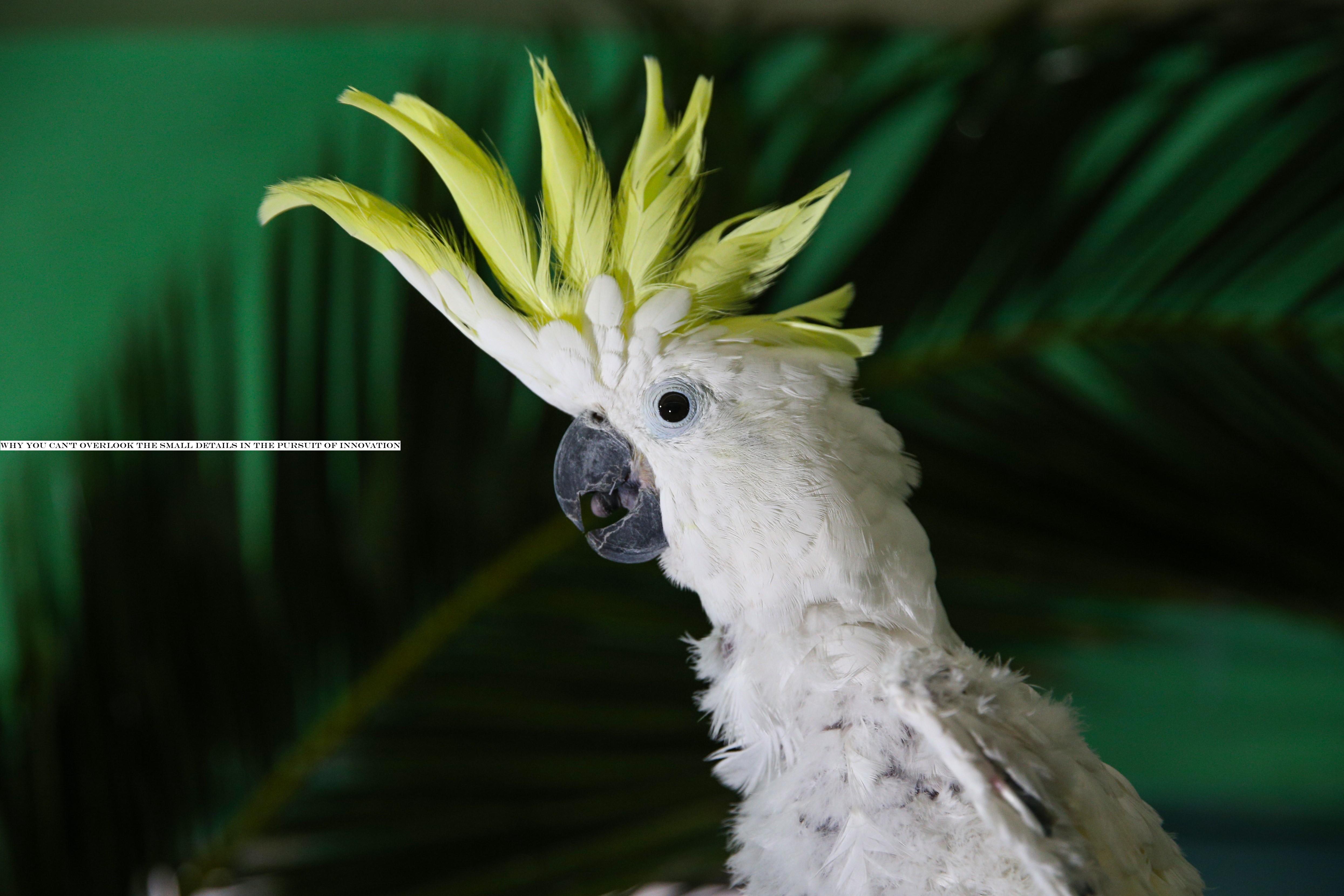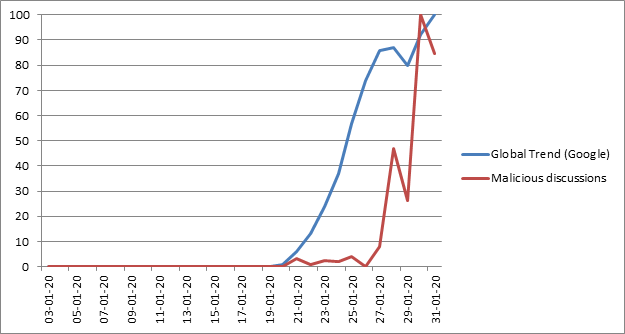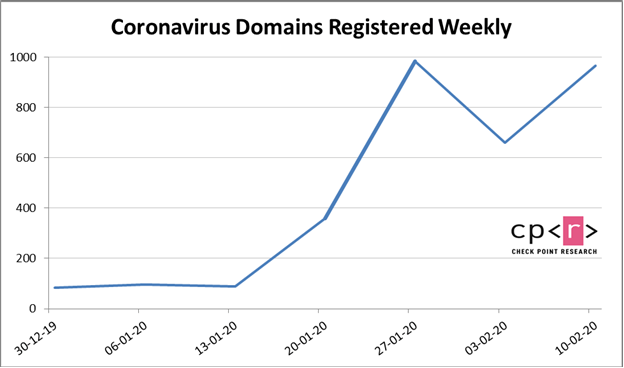The U.S. Food and Drug Administration said today that it would allow new diagnostics technologies to be used to test for the novel coronavirus, COVID-19, at elite academic hospitals and healthcare facilities around the country.
The agencynew initiative comes as critics have assailed various U.S. government agencies for being woefully underprepared to effectively address the spread of the novel coronavirus in the country despite being aware of the potential risks the virus posed since the first cases were reported in Wuhan, China in early December.
As the first diagnosed cases of the new virus appeared in the country, U.S. Centers for Disease Control and Prevention had conducted only 459 tests. Meanwhile, China had five commercial tests for the coronavirus on the market one month ago and can now conduct up to 1.6 million tests per week. South Korea has tested another 65,00 people so far, according to a report in Science Magazine. Initial tests in the U.S. were hampered by the distribution of test kits which contained a faulty reagent — rendering the kits useless.
The CDC isn&t the only U.S. agency criticized for its mishandling of the response to a potential outbreak. On Thursday a whistleblower complaint was filed against the Department of Health and Human Services alleging that the agency sent over a dozen employees to Wuhan to evacuate American citizens from the country without the proper training or protective gear, as first reported by The Washington Post.
Now, the Food and Drug Administration is opening the doors for research centers across the country to use new technologies that have yet to be approved for emergency use in order to dramatically increase the number of tests healthcare facilities can perform.
&We believe this policy strikes the right balance during this public health emergency,& said FDA Commissioner Dr. Stephen M. Hahn, in a statement. &We will continue to help to ensure sound science prior to clinical testing and follow-up with the critical independent review from the FDA, while quickly expanding testing capabilities in the U.S. We are not changing our standards for issuing Emergency Use Authorizations. This action today reflects our public health commitment to addressing critical public health needs and rapidly responding and adapting to this dynamic and evolving situation.&
The new policy allows laboratories to begin to use validated COVID-19 diagnostics before the FDA has completed review of the labs&Emergency Use Authorization (EUA) requests, the agency said in a statement.
In cases where the Department of Health and Human Services indicates that therea public health emergency or a significant potential for a public health emergency, the FDA can issue these EUAs to permit the use of medical products that can diagnose, treat, or prevent a disease. The HHS secretary determined that the outbreak of the COVID-19 coronavirus was just such an emergency on February 4.
So far, the FDA has authorized one EUA for COVID-19 thatalready being used by the CDC and some public health labs, the agency said.
&The global emergence of COVID-19 is concerning, and we appreciate the efforts of the FDA to help bring more testing capability to the U.S.,& said Dr. Nancy Messonnier, director of the CDCNational Center for Immunization and Respiratory Diseases (NCIRD).
Development of new diagnostics tests are handled by the Biomedical Advanced Research and Development Authority, part of the HHS Office responsible for preparedness and response to health issues.
&This step may reduce development costs, speed the process for availability at more testing sites, incentivize private development and, ultimately, help save lives,& said Rick Bright, the BARDAdirector.
Startups like the Redwood City, Calif.-based genome sequencing device manufacturer, Genapsys, and Co-Diagnostics, another molecular diagnostics startup out of Salt Lake City, have been approached by the Chinese government and European testing facilities, respectively.
In the U.S. a number of large, publicly traded companies and startups are pursuing new diagnostics tools that can be used to identify the novel strain of the coronavirus.
&At BARDA, we are identifying industry partners to develop rapid diagnostics that can be used in commercial and hospital labs or even doctors& offices so that medical professionals and their patients have the information they need to take action,& Bright said.

 16
16











